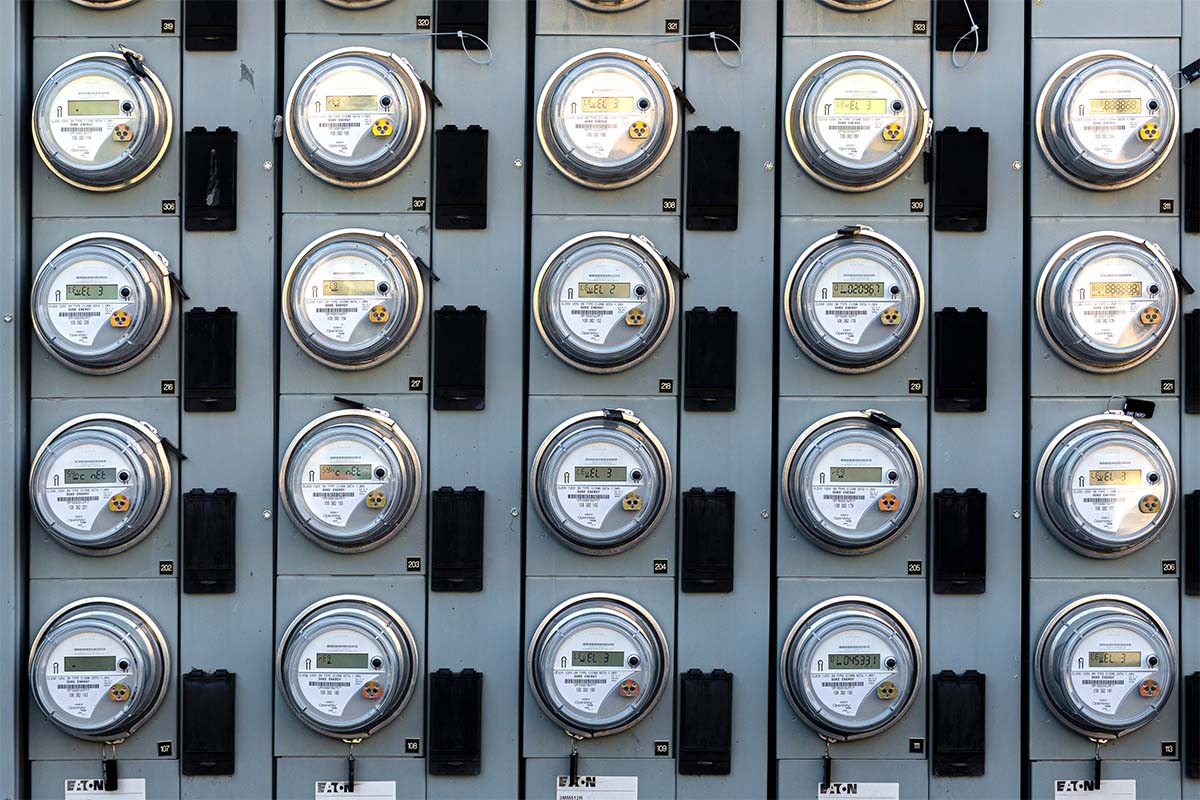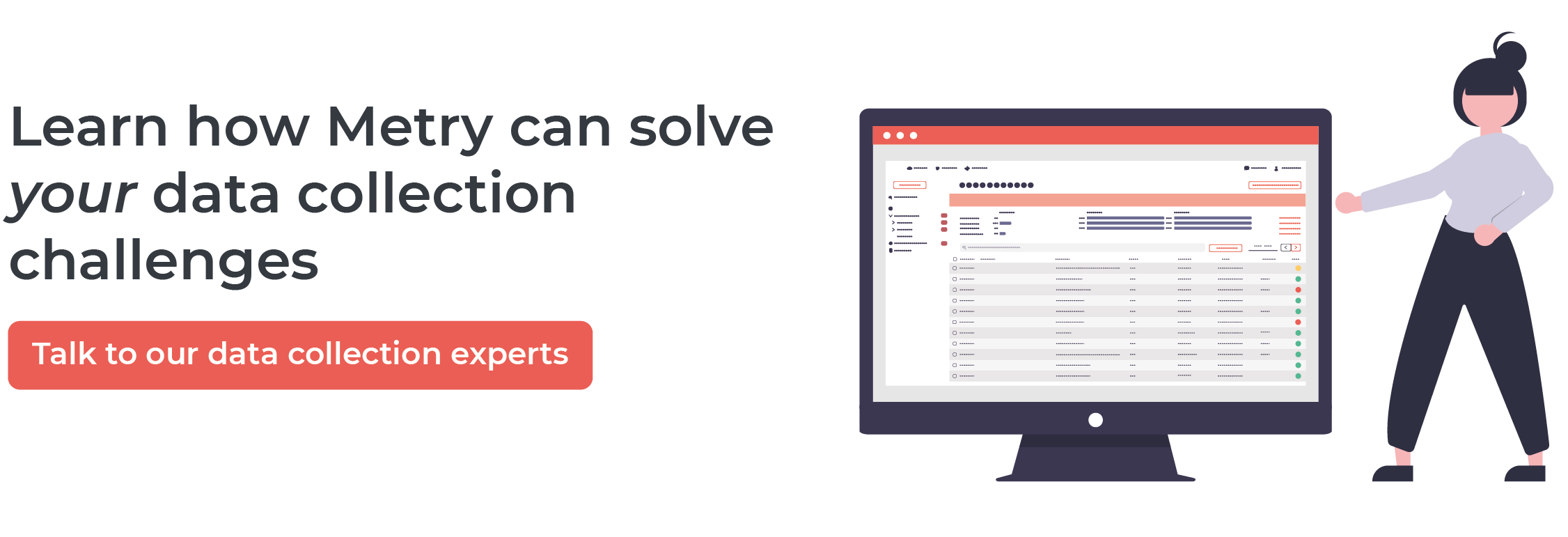
Get the most out of your Energy Data: The role of Meter Inventory and Data Structure
Where are your utility meters located, what will the data they generate be used for and who in your organization is responsible?
To make energy data collection useful and clear for the people who will use it, structure is needed. Who in the company knows what is being renovated, moved, bought and sold?
In this blog post, we dig a little deeper into the concept of structure, and explain how to use it to get the most out of your energy data collection.
Let’s start with two examples to set the scene.
Example #1: Paying tenants bills mishap
Structure in your meter inventory is needed, because otherwise you could miss out on important data …or be stuck paying someone else’s utility bill:
When tenants move in and out of a unit, there are different ways to handle the utility contract. Several landlords we have spoken to choose to temporarily take over the utility contract when a tenant has moved out, but sometimes they fail to transfer it again when a new tenant moves in. Suddenly, they find themselves paying for a lot of utility contracts that should really have been paid for by someone else. In cases like these, a simple structure can help you keep track of meters that have a temporary status so that you can distribute responsibilities to the right person – because those who are responsible for the energy monitoring might not be the ones who keep track of who is moving in and out.
In Metry, you can build your own tree structure based on buildings, regions or business areas. You can also keep track of meters that do not belong to your permanent inventory (e.g. for vacancy subscription or construction electricity). Move this type of meter to the Temporary meter points folder to follow up that the subscription ends as expected when e.g. a new tenant moves in. Use the Add reminder function to receive an email on a selected date with e.g. a request to check that the subscription has been taken over by a tenant.
Example #2: The lost store
Everyone working with your properties has different knowledge about them, and you have to make sure that the right person has access to the right information – because the person analyzing energy use may not have the full picture of your stock.
We were onced assigned to collect utility data from a store somewhere in Sweden, and we discovered that meter readings from one particular building were missing. One day Metry’s CEO Magnus was out for a bike ride. It was a sunny day and Magnus had plenty of energy, so he decided to take a different, slightly longer route than usual. He then ended up on the road where the store with the missing values was located …or at least should have been. It turned out there was no store at that address, only a pit in the ground. The store had been moved out of, and the building was demolished – but those responsible for energy monitoring had not been informed. The missing data suddenly had a very simple explanation.
You need to have an understanding of the property to understand why something is missing. The person analyzing energy use may not be aware that a store has closed down, but the store manager, for example, most likely does.
In Metry, there is a function for distributing different accesses and responsibilities to different users – a pretty good tool for distributing responsibilities, we’d say!
Set a consistent data structure in your meter inventory
When we talk about structure, we talk both about creating tree structures over the types of properties you have, where in the country they are located and who is responsible for which property, but also about setting a standard for where your meters are located, what they are called and what they measure (data structure).
In order for the responsible person to be able to follow up, troubleshoot and fix errant devices, clear records of the data structure are needed. When new meters are installed, the installer often decides what these units should be called in the system. But the installer isn’t necessarily the one who cares what the meter is called in the end – it is the people who work with the data it generates.
That’s why you need to set permanent and unique IDs for your entire building stock, and have a system for how you register these IDs.
The same applies to all other types of information you tag your meters with: for example, if you want to follow up on how much energy a property’s elevators use, you need a system for what you call electricity meters in elevators. All units need to be labeled, and you have to decide which names to use.
This way, you get the most out of your energy monitoring, while also simplifying troubleshooting of data sources.
Why structure is needed for AI driven Energy Management
As the two examples in the beginning of this post shows; having a clear structure for your utility meter inventory is important for making the data useful for humans. But setting a clear and consistent structure is even more important for computers.
If you want to work with any type of AI or Machine Learning, you need to have proper data structure in place. Because how could an automated control system know the difference between a classroom and a cold room? No system can optimize without knowing what it should adjust to. Even if you’re not working with AI or Machine Learning in your energy management today, you should think about setting a structure now to be ready to scale later.
Key takeaways:
- Set a common structure for what data you collect and what you call your meters.
- Have a personnel-independent, systematized division of responsibility for the processes.
- Ensure that the structure logic is documented and can be easily shared within the company.
- Prepare to scale from the start; the better the structure is now, the more useful your data will be in the future.



